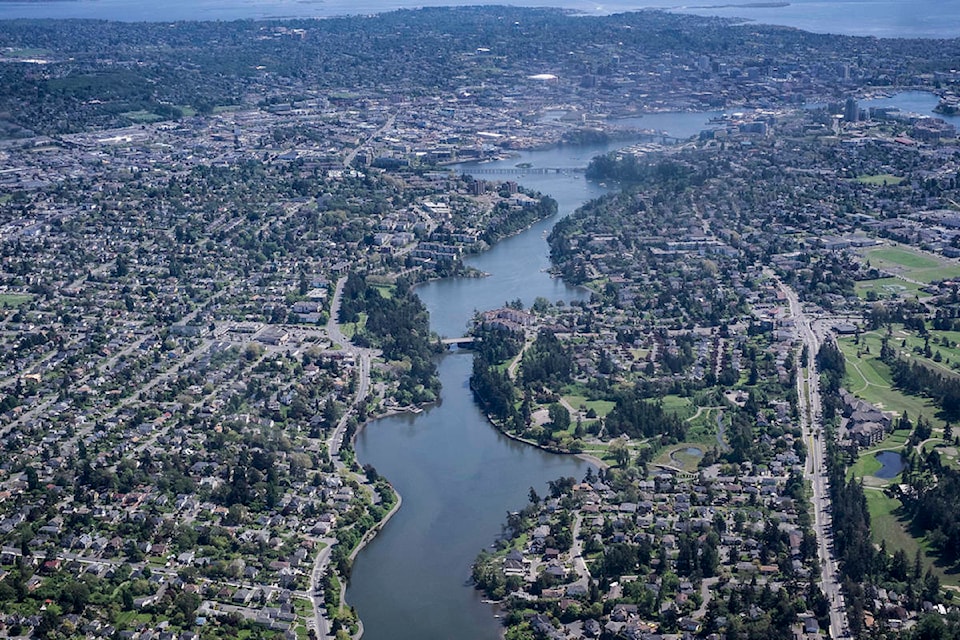Victoria was able to stay on track and even exceed some of its housing goals in 2020, but the city couldn’t deliver on approving enough homes that help prevent certain demographics from being priced out of the ownership market.
The 2020 housing strategy annual review, presented last week to Victoria council, summarizes the city’s housing achievements, shortcomings and challenges.
To meet the demand of a growing population, projections show Victoria needs to average about 1,000 homes added – ranging in housing type and affordability – annually between 2019 to 2025. The city issued permits for 614 net new homes in 2020, roughly its annual average between 2007 and now and well short of the 1,000 goal.
However, the city met its yearly targets for the number of family-oriented and affordable home permits. Council approved 300 affordable units in 2020, with 160 of those targeting very-low-income households and the rest being below-market rentals.
Victoria fell behind when it came to a highlighted category in the city’s strategy, the missing middle. The city approved less than half the number of these more moderately priced homes – townhomes, duplexes, quadplexes – it needed to stay on track with its mid-decade target. The missing middle serves as a needed waypoint for people whose lifestyles have outgrown apartments, but are also still priced out of detached single-family homes.
“Young families, couples, singles and empty nesters want to continue to stay in Victoria, but struggle to find appropriate housing that fits their needs and their incomes,” the annual review says.
Victoria has the region’s highest percentage of renters, along with a high proportion of young adults – a demographic that’s challenged by the lack of in-between housing. In 2020, young adults needed to leave the city to find housing they could afford and that suited their growing families, according to the report. The pandemic brought additional housing uncertainty, especially for renters, as that group was already facing a challenging housing market and financial unknowns, according to the review. Other challenges included addressing a rise in homelessness, as existing shelters and housing support operations were forced to lower their capacity.
Whether people were looking to rent or buy in 2020, they all saw prices higher than the year before. The cost of a detached single-family dwelling jumped 12.4 per cent in 2020, putting the average selling price at more than $1 million, while the average market rental price increased by 3.1 per cent from 2019.
READ: Lack of affordable housing undermines Greater Victoria’s global advantages
Do you have a story tip? Email: jake.romphf@blackpress.ca. Follow us on Twitter and Instagram, and like us on Facebook.



